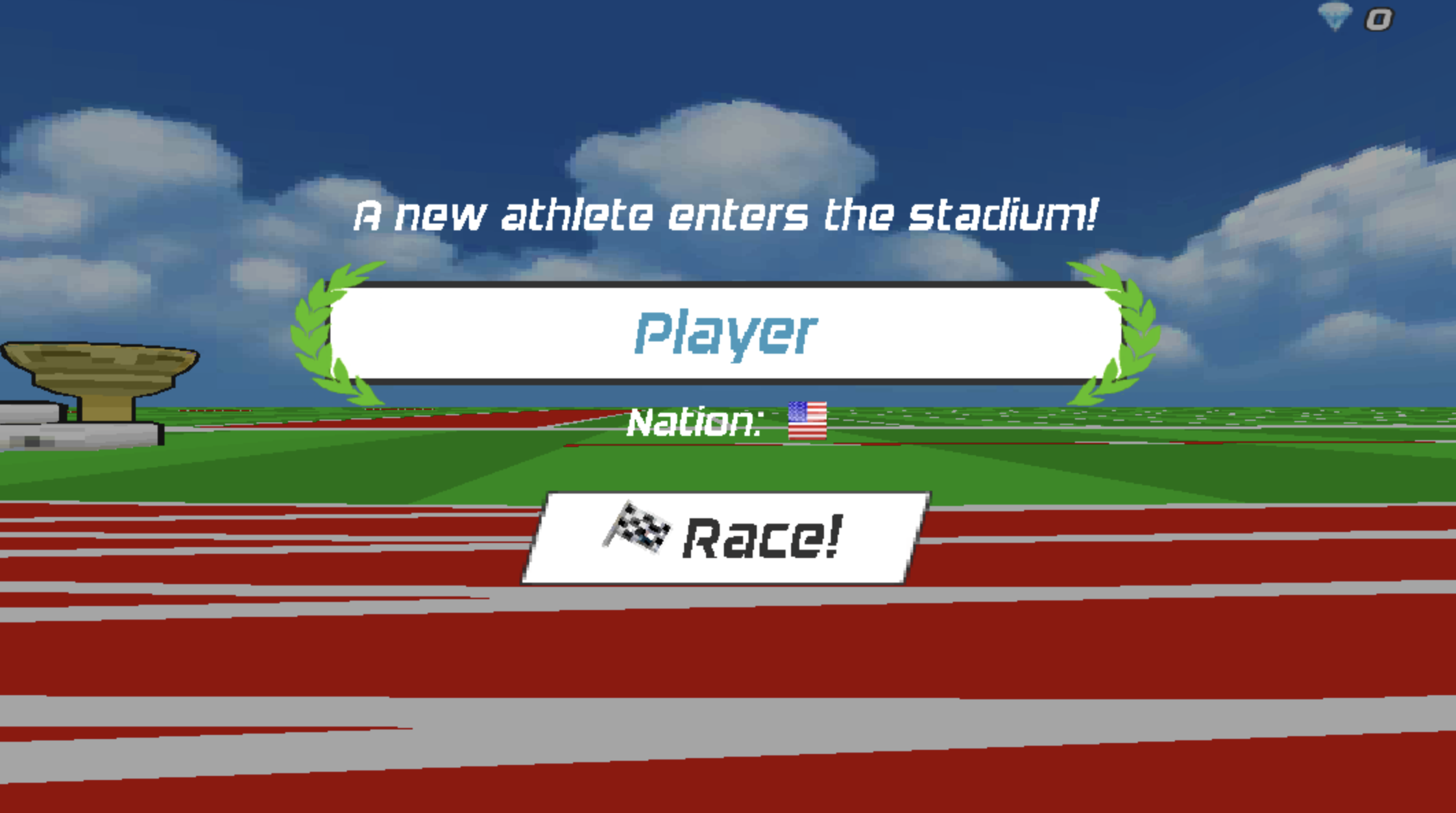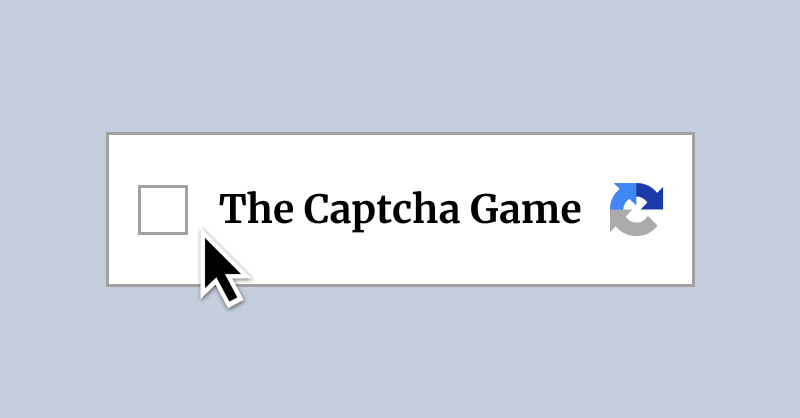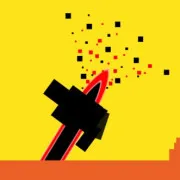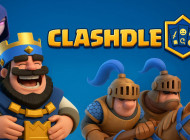Ride the waveform, nail the timing
Keep exploring
Keep the momentum going with more arena racers, action trials, and puzzle standouts.

Speed Stars

Royaledle

Wacky Flip

Happy Land

The Captcha Game

Cat and Granny

Level Devil 3

NSR Street Car Racing

Chiikawa Puzzle

Clasherdle
Geometry Dash Wave — fast, focused, rhythm-first practice
Feel the pulse and surf razor lines
Geometry Dash Wave strips away distractions so you can train the purest form of rhythm navigation. In this focused mode, your ship ascends when you hold and descends when you release, turning every tap into a micro-angle correction. The soundtrack isn’t just background noise—it becomes your metronome, guiding each flick. Because Geometry Dash Wave emphasizes immediate acceleration, you learn to sculpt height with tiny impulses, glide through slanted corridors, and stabilize your run even as the tempo ramps. If your goal is to clear brutal patterns in the main series, drilling Geometry Dash Wave is the shortest path to better consistency.
How the wave ship actually behaves
The ship’s movement is deceptively simple: hold to climb, release to dive. But simplicity hides nuance. Acceleration is instant, so the smallest pulse changes altitude. In Geometry Dash Wave, this means the difference between cleanly slicing through a micro-gap and clipping a pixel is measured in milliseconds. By listening for kick drum and hi-hat cues, you can map inputs to musical landmarks and anticipate turns before they appear. With repetition, Geometry Dash Wave turns your fingers into rhythm instruments, translating beats into precise arcs.
Practice smarter with checkpoints and pacing
Use checkpoint options to isolate a troublesome bend and loop it until the correction becomes automatic. Begin with a slow section to warm up, establish a baseline CPS, then bump the intensity. Because Geometry Dash Wave serves bite-sized corridors, you can ladder difficulty: gentle openings, tighter slants, then relentless micro-gaps. Each tier reinforces a different skill—tempo control, angle discipline, and recovery after near misses. Logging ten short, high-quality reps in Geometry Dash Wave often produces more progress than one long, frustrated session elsewhere.
Input techniques that convert instantly
Whether you prefer mouse, trackpad, or keys, the principles are the same. Think in pulses, not presses. Feather the button for shallow climbs; snap releases for crisp dives. In Geometry Dash Wave, steady metronomic taps keep you centered, while controlled bursts let you hop over teeth without over-correcting. Many players count a quiet “one-and” over the beat to prevent panic spamming when corridors narrow. Because Geometry Dash Wave reacts immediately, you will feel feedback the moment your pulses drift off rhythm, making it easier to self-correct before a crash.
Reading levels like sheet music
Great wave runs start with reading the screen in phrases, not tiles. Identify anchor beats—corners that land on drum hits—and visualize the curve required to meet the next landmark. In Geometry Dash Wave, hazards often spawn on musical accents, which telegraphs timing. You can pre-load a pulse just before a climb, then relax into a glide as the track softens. With experience, Geometry Dash Wave becomes a choreography exercise: your hand performs a routine that matches the song’s contour.
Warmups and micro-drills
Always begin with gentle zigzags for thirty to sixty seconds to wake up small muscles. Shift to stair-step corridors to rehearse discrete holds, then practice shallow sawteeth to refine low-amplitude control. In Geometry Dash Wave, finish the warmup with two or three sprints through a fast section at sub-max speed so you can lock the cadence without fatigue. Keep a mental checklist: posture relaxed, wrist neutral, pulses even, eyes ahead of the ship. Revisiting this checklist inside Geometry Dash Wave prevents tilt and keeps sessions productive.
Recoveries, resets, and mental game
Missed a beat? Don’t mash. Breathe, re-sync to the kick, and execute a measured correction. Because Geometry Dash Wave punishes panic, composure is a win condition. If your rhythm collapses, plant a checkpoint, run three clean reps, then remove the checkpoint and attempt the full phrase. The quick restart loop in Geometry Dash Wave encourages fearless experimentation—fail fast, learn faster, and return with a better line.
Transferring skills to full levels
Everything you build here translates. Angle discipline keeps rockets and UFOs stable. Beat mapping sharpens jump timing in cube sections. Most importantly, Geometry Dash Wave teaches you to trust tiny inputs at high speed, which unlocks demon-level flow. When the main game throws chaotic patterns, the control you honed in Geometry Dash Wave allows you to glide rather than fight the ship.
Device setup and performance tips
Play on a stable surface, disable unnecessary overlays, and keep audio clear enough to track the metronome of the song. In Geometry Dash Wave, latency undermines confidence, so prioritize consistent frame delivery over flashy visuals. If you use a mouse, tune DPI for comfortable micro-pulses; if you use keys, pick one and stick with it to reinforce muscle memory. Small ergonomic gains compound across hundreds of runs in Geometry Dash Wave.
Common mistakes and quick fixes
Over-holding on climbs? Drill shallow zigzags until your default amplitude shrinks. Drifting late on descents? Practice snap releases synced to the snare. In Geometry Dash Wave, most errors are rhythm errors disguised as aim issues. If a corridor feels impossible, slow the mental beat, anchor on the next accent, and rebuild the phrase. When frustration spikes, switch to an easier segment of Geometry Dash Wave and end with three clean victories to protect confidence.
Building a sustainable routine
Consistent, short sessions beat marathon grinds. Aim for fifteen minutes of targeted practice, break, then another ten. Track one micro-skill per day: low-amp control Monday, mid-amp stairs Tuesday, recovery lines Wednesday. Because Geometry Dash Wave offers instant repetition, you can collect thousands of quality pulses each week without burnout. Over time, your baseline steadies, your CPS becomes musical, and your path through dense hazards begins to feel inevitable.
Why this mode stays satisfying
Every success in Geometry Dash Wave is earned through timing and restraint. There are no power-ups—just you, the beat, and a glowing line through laser-cut tunnels. As your hands sync to the soundtrack, the ship stops jerking and starts singing, carving arcs that look impossible from the outside. That sensation—precision surfing inside a song—is why Geometry Dash Wave becomes a daily ritual for so many players.
Start now and feel the difference by tonight
Open a forgiving corridor, breathe with the rhythm, and let small pulses carry you forward. Add a checkpoint to tame a corner, remove it when the motion clicks, and stitch phrases together until a full clear lands. After a few focused blocks in Geometry Dash Wave, you will return to main levels with steadier hands, calmer decisions, and a rhythm that holds under pressure. Treat it as a warmup or a standalone challenge—the payoff is the same: cleaner lines, fewer crashes, and the unmistakable flow that only Geometry Dash Wave can teach.
Ride the waveform, nail the timing is ready to play
Train hold-and-release timing to guide the wave ship through beat-synced tunnels. Use checkpoints and targeted drills to boost CPS, lock micro-angles, and prep for tougher levels.
Share Ride the waveform, nail the timing
Spread the word, invite friends, or bookmark this page to revisit the story whenever you need it.